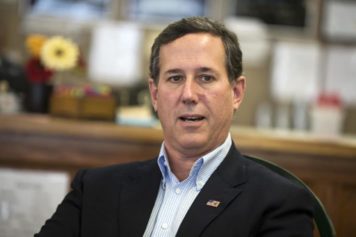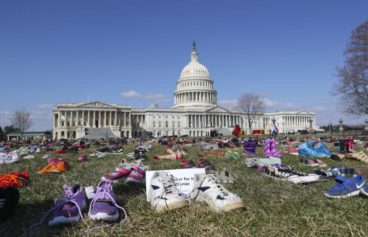Researchers at Stanford University have conducted their own study to analyze the relationship between right-to-carry (RTC) laws or concealed-carry laws and gun violence—and their findings are delivering a serious blow to the credibility of the “More Guns, Less Crime” study that pro-gun advocates frequently cite in public policy debates.
Gun rights have been a serious hot topic for a countless number of political elections and many advocates of pro-gun legislation insisted that more guns would lead to less crime in communities all across the nation.
They often based those claims on John Lott and David Mustard’s “More Guns, Less Crime” study from 1997.
According to the researchers at Stanford, however, pro-gun advocates may be rushing to find a new catchphrase.
“Even as the empirical support for the Lott and Mustard thesis was weakening, its political impact was growing [as] legislators continued to cite this work in support of their votes on behalf of RTC laws,” said Stanford law professor John J. Donohue III, who conducted the study along with three assistants.
Donohue’s study results suggests that more guns have actually led to more violent crimes in states that have passed RTC laws.
The professor, along with Stanford law students Abhay Aneja and Johns Hopkins and doctoral student Alexandria Zhang, claims that in order to get an accurate idea of how gun laws impact crime rates, one would need to examine data from 1999 to 2010 because that “period does include the immense increases and then declines associated with the rise and fall of the crack epidemic.”
The “More Guns, Less Crime” study does not cover this range of years.
According to Donohue, the fact that the study ended “just before the extraordinary crime drop of the 1990s” means the study’s findings may not be as applicable to today’s society as the researchers would have hoped.
In direct contradiction with the “More Guns, Less Crime” study, the “totality of the evidence” compiled by the Stanford researchers suggests “right-to-carry laws are associated with substantially higher rates” for violent crimes like aggravated assaults, robberies, rapes and even murders.
This was particularly true for aggravated assaults.
The amount of aggravated assaults in states with RTC laws during this time frame averaged nearly an 8 percent increase.
Homicides also saw a substantial increase.

Back in 2013, another study suggested that the “More Guns, Less Crime” study was losing credibility when it came to more modern discussions of politics.
Professor Michael Siegel at Boston University along with two coauthors published a study in the American Journal of Public Health that suggested fewer restrictions on gun ownership did lead to a much higher rate of homicides in the U.S.
The study is noted as one of the most extensive studies of gun laws as it examined data from 1981 to 2010, the longest stretch of time ever studied for the subject.
The study also noted that gun laws weren’t the only things that impacted the number of violent crime victims in each state.
“Race, economic inequality and generally violent areas all [contributed] to an area’s propensity for gun deaths,” the study explained.
The authors did point out, however, that even after factors like race and poverty were accounted for there was still a clear increase in homicides in states that passed RTC laws during this time frame.
With the country roughly two years away from a critical presidential election, it will be interesting to see how the Republican Party approaches gun rights issues now that one of their favorite studies doesn’t seem to hold the weight it once did years ago.


